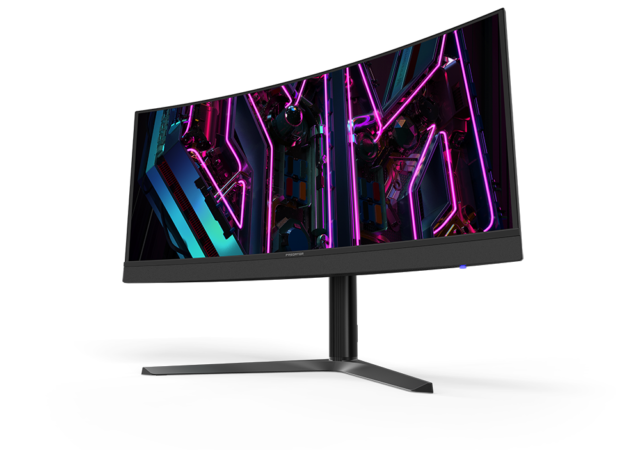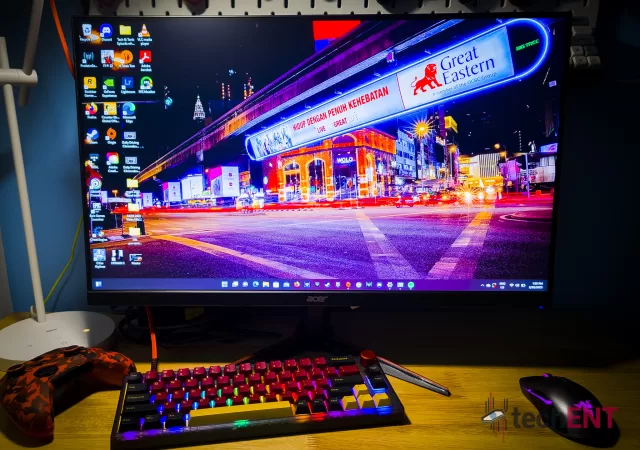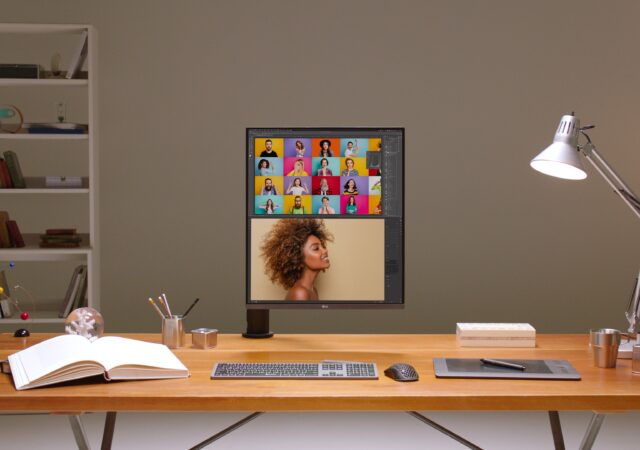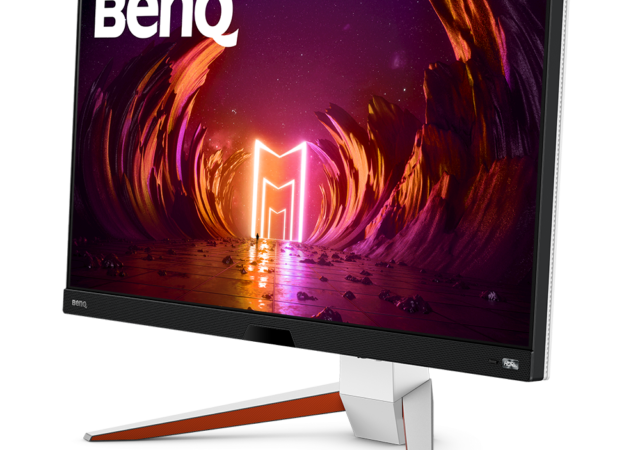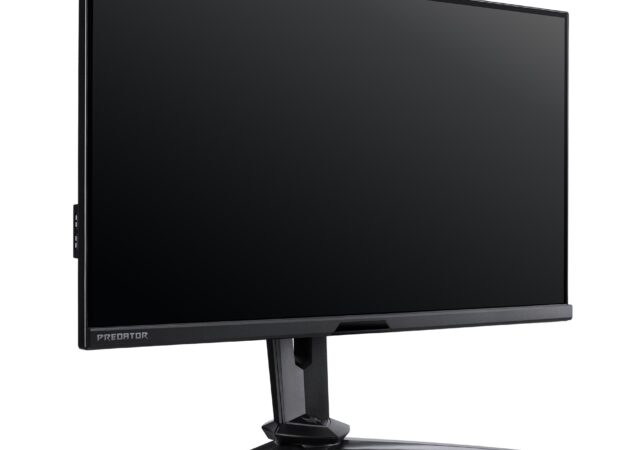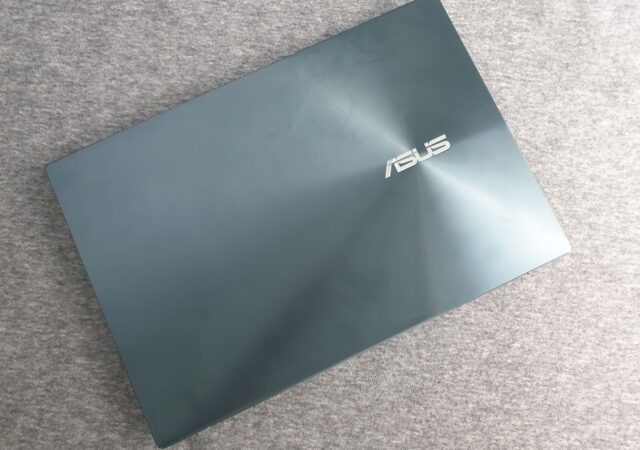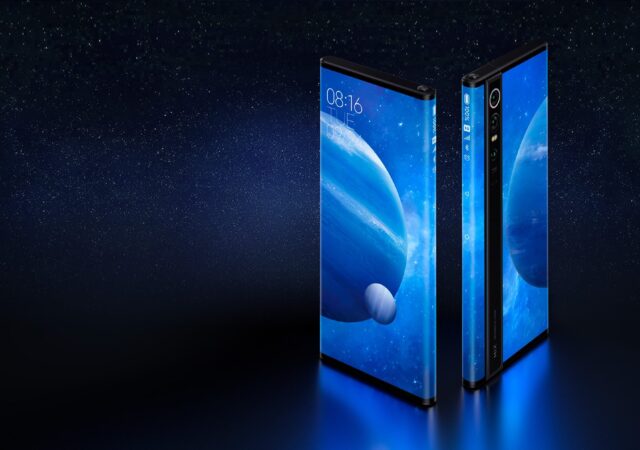Acer launches the Predator X34 V and Nitro XZ452CU V ultra-wide curved gaming monitors with 1440p resolution and fast refresh rates.
The Acer Nitro VG270 E In-Depth Review – Gaming on a Budget? Yes Please!
Acer introduced the Nitro VG270 E, a budget gaming monitor with IPS panel and 100 Hz refresh rate for the masses for MYR 549. Is it any good?
realme throws a curve with realme 10 Pro+ 5G launch in Malaysia
realme is bringing the realme 10 Pro+ 5G to Malaysian shores starting the 8th of December 2022. The device promises flagship-level features at an affordable price and a new 120Hz curved display. 120Hz curved display that’s easy on the eyes…
LG’s DualUp Monitor Ergo is not Here, But Not for Games
LG announces their DualUp Monitor Ergo in Malaysia. The unique dual QHD monitor comes with an Ergo Stand for MYR 2,948.
BenQ Introduces their 2022 Line-Up of Products with HDRi and Eye Care
BenQ launches a slew of monitors with HDRi and Brightness Intelliegence technology including two new MOBIUS 4k gaming monitors.
Acer Brings New Monitors into Malaysia for Work and Play
Acer brings in a slew of displays to fit a variety of users from the Predator X28 for 4K gaming, to Acer Nitro for budget gaming.
The ASUS ZenBook Pro Duo In-Depth Review – Two is Better Than One?
The PC that we know today has evolved leaps and bounds from the old days. These days, while PC towers are still around, and you can buy a decent one for less than MYR 2,000, portable PCs are kings. They…
Xiaomi Mi Mix Alpha Delayed Indefinitely
The foldable smartphones craze has not died down just yet. The shown concept of the Samsung Galaxy Fold that was launched late in 2019 last year gave birth to a lot more foldable smartphone concepts out there. One of the…



